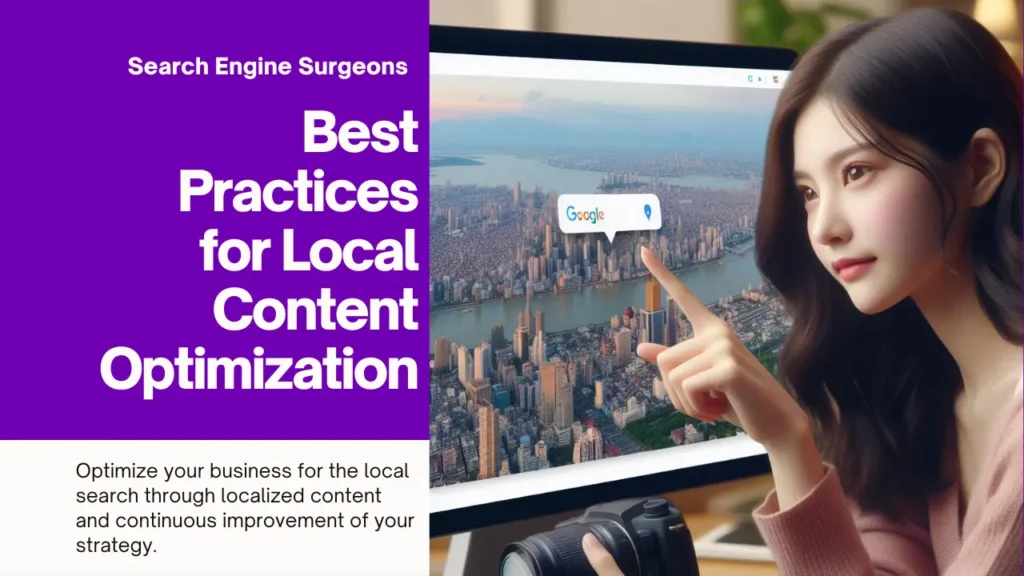Table of Contents
What Are Keywords?
- Short-tail keywords – These are broad, high-search volume terms like “digital marketing” or “online courses.” They attract a lot of search traffic but can also face intense competition to rank.
- Long-tail keywords – These longer and more specific phrases like “digital marketing strategies” or “best online courses for entrepreneurs” usually have less competition and can help you target users more precisely.
- LSI keywords – LSI stands for latent semantic indexing. These are related keywords and phrases that aren’t an exact match for a user’s query but are relevant to the topic, like “social media,” “email marketing,” and “click-through-rates” for digital marketing. Including LSI keywords helps search engines better understand your content’s focus.
Say you run an online bakery that sells customized cakes. Some potential short-tail keywords would be “custom cakes,” “cakes online,” or “order cakes.” Your long-tail options could be “customized birthday cakes delivered” or “order customized cakes online for delivery.” Relevant LSI keywords might include “cake designs,” “cake delivery,” or “made-to-order cakes.”
- Navigational Intent – These are searches where users are looking for a specific website or page. Examples include “Facebook login” or “Amazon homepage.” They often have high search volume but are primarily relevant for brand owners.
- Informational Intent – These searches come from users seeking knowledge, answers, or explanations. Examples include “how to bake a cake” or “what is climate change.” They often attract high search volumes and are great for content marketing.
- Commercial Intent – These keywords indicate users are researching products or services before making a purchase. Examples include “best smartphones 2024” or “compare car insurance rates.” They’re valuable for businesses looking to capture potential customers early in the buying process.
- Transactional Intent – These searches come from users ready to make a purchase. Examples include “buy iPhone 15 Pro” or “book flight to Paris.” They often have lower search volumes but higher conversion rates.
- Local Intent – These keywords are used by people looking for nearby businesses or services. Examples include “dentist near me” or “Italian restaurants in Chicago.” They’re crucial for businesses with a physical presence.
- Visual Intent – These searches are from users looking for images, videos, or other visual content. Examples include “Eiffel Tower pictures” or “cat videos.” They’re important for visual-heavy industries or content creators.
Let’s look at an example:
Say you run a fitness studio that offers various classes. Some navigational intent keywords might be “FitnessFusion studio website” or “FitnessFusion class schedule.” Informational intent keywords could include “benefits of HIIT workouts” or “how to choose the right fitness class.” For commercial intent, think “best fitness classes for weight loss” or “yoga vs pilates comparison.” Transactional intent keywords might be “sign up for fitness classes online” or “buy monthly gym membership.” Local intent could include “fitness studio near downtown” or “group exercise classes in [City Name].” Finally, visual intent keywords might be “before and after fitness transformation photos” or “proper squat form video.”
Understanding and optimizing for these different keyword intents can help you target users at various stages of their journey and improve your overall search visibility.
Keyword Research
- Identifying your ideal audience – Are you targeting students, CEOs, stay-at-home moms? Your audience persona should guide your research.
- Understanding search intent – Are users looking for quick facts, to purchase something, or learn a skill? Optimizing for informational, transactional, or navigational intent matters.
- Analyzing competition – Examining keyword difficulty and search volume metrics helps focus on terms you can realistically rank for.
- Leveraging keyword research tools – Software like Ahrefs, SEMrush, and Google’s Keyword Planner surface insightful keyword data.
On-Page Optimization with Keywords
- Title tags & meta descriptions – Include your most important keywords in page titles and meta descriptions. This helps search engines understand the topic of your content.
- Header tags – Use H1, H2 tags to highlight keywords in your content structure. Break content into semantic, keyword-rich sections.
- Keyword placement – Aim for a keyword density of 1-3% (100-300 words per 10,000). Avoid awkward over-optimization.
- URL structure – If possible, include keywords in clean, descriptive URLs like “www.site.com/keyword-rich-page-url”.
- Image alt text – Add keyword-optimized alt text to images to improve SEO.
- Internal links – Link to related content with keywords as anchor text. This helps with on-site navigation.
- Repeat your focus keyword 2-3 times, avoiding overuse.
- Include related LSI keywords for contextual synonyms.
- Format content readably with bullet points, headers, and short paragraphs.
- Optimize site speed by minimizing large files and leveraging caching.
- Provide metadata markup for rich snippets with schema.org.
Content Creation and Keywords
- Ensure relevance – Keywords should be woven in contextually. Don’t force irrelevant keywords just to rank – it will backfire. Make sure content provides value.
- Avoid keyword stuffing – Cramming in keywords unnaturally can get your site penalized by search engines. Aim for a 1-3% density and vary word placement.
- Focus on user experience – Readers should find your content helpful, readable and shareable. Optimize for people first, not just search engines.
- Include LSI keywords – Sprinkle in latent semantic indexed keywords and synonyms for natural incorporation.
- Incorporate keywords in headers, titles, meta descriptions, image alt text, URLs – These elements boost semantic SEO when used properly.
- Create pillar pages/cornerstone content – In-depth, keyword-focused guides generate lots of long-tail traffic. Interlink these to other site pages.
- Produce consistent, fresh content – Search engines favor sites that regularly publish new, high-quality content. Set an editorial calendar.
- Optimize blogs/videos/graphics – Multimedia content gives more options for keyword optimization and user engagement.
Monitoring and Adjusting Keywords
- Track keyword rankings – Use tools like SEMrush, Ahrefs or Google Search Console to monitor changes in your keyword rankings over time. Identify high performers as well as drops.
- Analyze search analytics – Google Analytics provides data on organic traffic from keywords, traffic volume patterns, and conversion performance.
- Review search term reports – Google Search Console offers insight into the specific keywords driving traffic to your site and their click-through-rates.
- Conduct quarterly research – Revisit keyword research to find new relevant keywords to target as search behavior evolves.
- Be agile with changes – Adjust on-page optimization and content to align with keyword trends. Expand your keyword targeting based on opportunities uncovered.
- Watch for Google updates – Algorithm changes like core updates can shake up the keyword landscape. Stay on top of these updates and adapt as needed.
- Refine over time – Continual optimization is key. Analyze performance data, identify issues, test new keywords and iterate what’s working.
Local SEO and Keywords
- Target relevant location-based keywords – Include local area names, cities, neighborhoods, streets, zip codes. i.e. “pizza near me” or “plumber in Phoenix”.
- Focus on “near me” searches – Rank for these high-intent local queries by placing your business name, address and relevant keywords on pages.
- Build localized landing pages – Create location-specific pages that answer common questions from nearby customers.
- Populate Google My Business – Fill out your GMB listing with keyword-optimized content about your products, services and unique offerings.
- Get listed on directories – Maximize visibility in local citations and directories like Yelp by consistently using your NAP (name, address, phone) info.
- Encourage customer reviews – Positive local reviews strengthen your local SEO rankings and credibility. Ask happy clients to leave detailed reviews using your keywords.
Optimizing for User Search Queries
- Analyze search analytics – Google Search Console provides insight into the specific queries your pages are already ranking for. Identify opportunities to better answer common queries.
- Study forums and social media – Look at the keyword and question types your audience is using online to discuss your topic. Their queries provide optimization ideas.
- Consider searcher intent – Are users looking for quick facts, to purchase something, or to learn more? Tailor content for informational, transactional, or navigational intent.
- Target featured snippets – Create content that directly and concisely answers the specifics of common queries to potentially gain a featured snippet placement.
- Prominently display key info – Make critical details searchers want – like pricing, location or steps – easy to find on the page through clear headers, bulleted lists, tables, etc.
- Include related long-tail variations – Meet slight query variations by incorporating relevant long-tail keywords contextually.
- Update old content – Reoptimize existing pages using new keyword data and learnings around high-value queries people search for.





